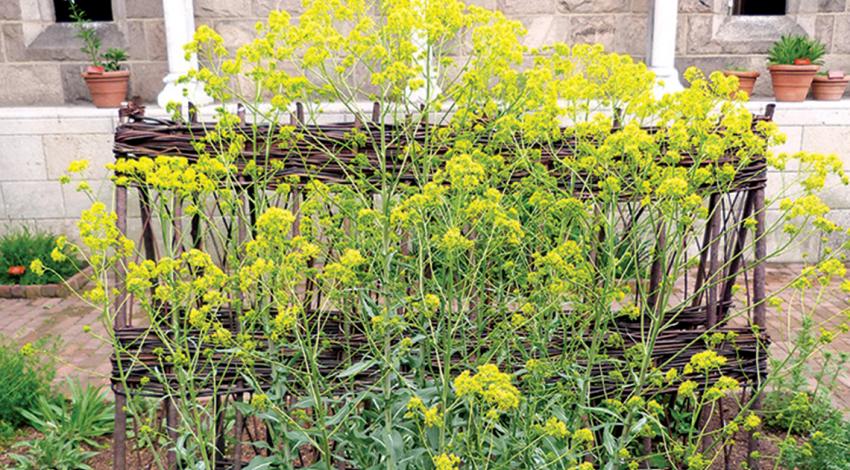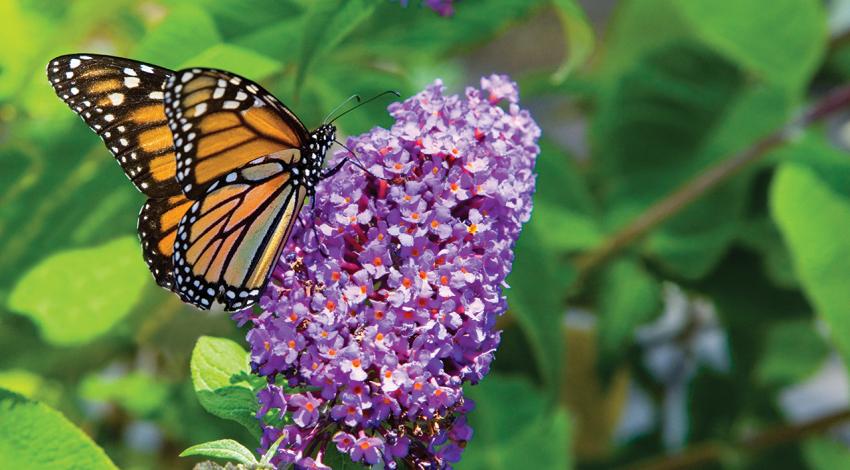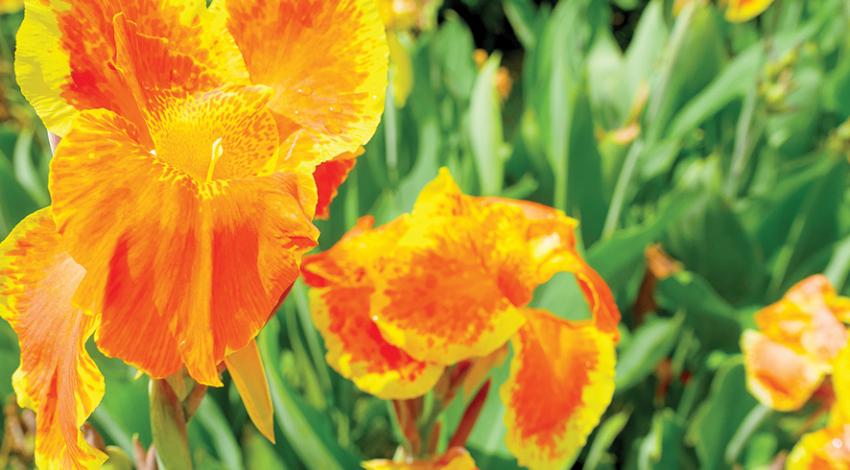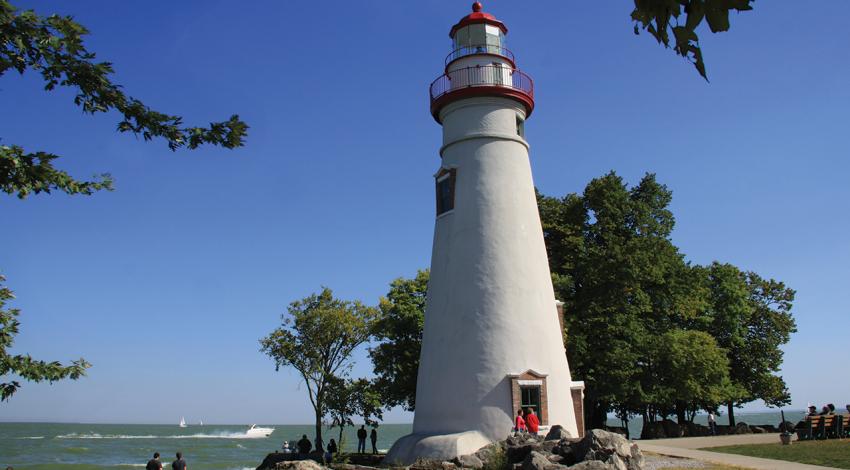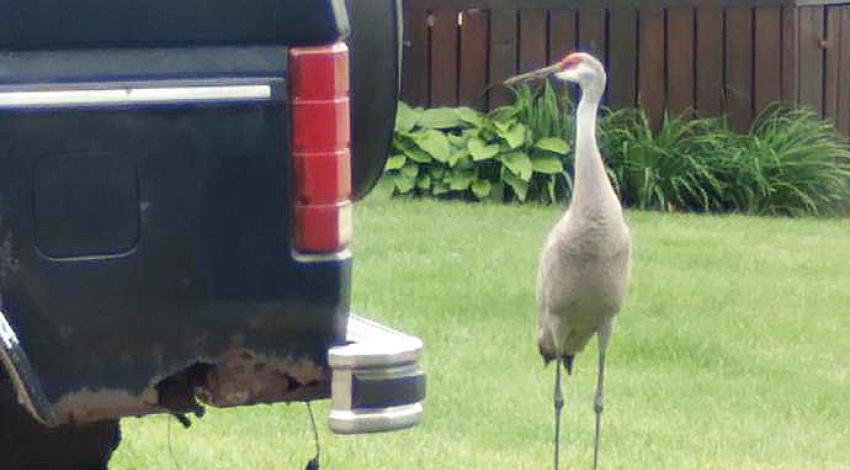If you were to imagine a garden in A.D. 800, you might picture unusual and long-extinct plants, but in fact, gardens of the medieval period (or Middle Ages) were filled with plants that have thrived for centuries and still grow in our gardens today.
Absinthe, or wormwood, is from the Artemesia family and is a lovely accent to a modern garden. Absinthe was called Mary’s tree and was used as a spice herb as well as for medicinal purposes, such as stomach disorders or nausea, and to repel insects from the vegetable garden, but is known mainly for the alcoholic beverage that is made from it. Absinthe can be grown from seeds sown directly in the ground or planted from potted plants in light, well-drained soil in full sun.
